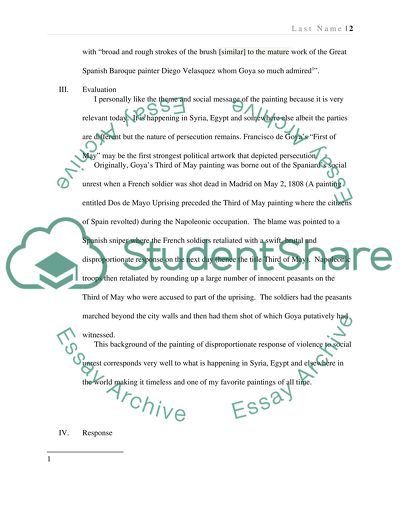Cite this document
(“VISUAL CULTURE Essay Example | Topics and Well Written Essays - 750 words”, n.d.)
Retrieved from https://studentshare.org/visual-arts-film-studies/1629207-visual-culture
Retrieved from https://studentshare.org/visual-arts-film-studies/1629207-visual-culture
(VISUAL CULTURE Essay Example | Topics and Well Written Essays - 750 Words)
https://studentshare.org/visual-arts-film-studies/1629207-visual-culture.
https://studentshare.org/visual-arts-film-studies/1629207-visual-culture.
“VISUAL CULTURE Essay Example | Topics and Well Written Essays - 750 Words”, n.d. https://studentshare.org/visual-arts-film-studies/1629207-visual-culture.


